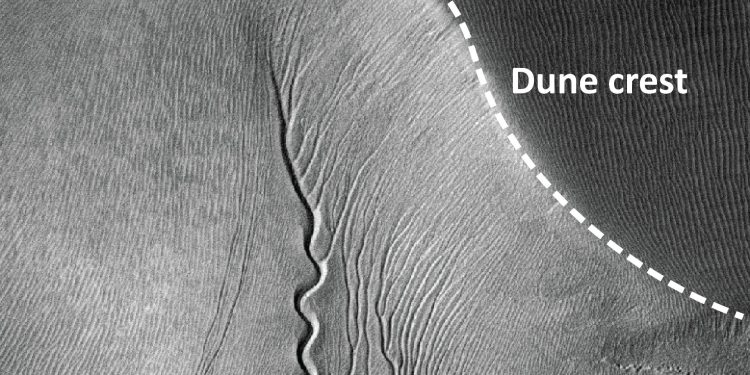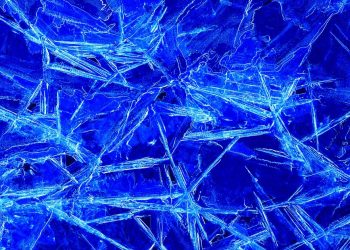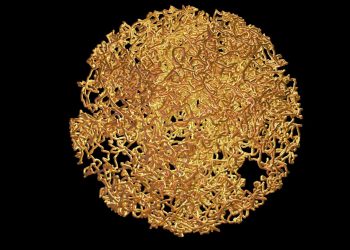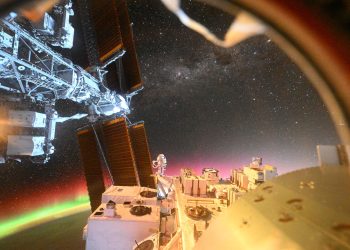Blocks of carbon dioxide ice appear to carve mysterious ravines on Mars as they melt along dunes and carry away sand — a process that bears an uncanny resemblance to the digging of fictional sandworms in the movie “Dune.”
Planetary scientists have long wondered about the strange, winding trenches dug into the desert dunes of the Red Planet. THE chains look freshly dug, with raised ledges and winding paths, but March Today is too cold, too dry and too lifeless for running water – or giant worms – to be the cause.
Instead, a new study suggests that the ravines are sculpted by patches of dry ice that form during the Martian winter. As spring approaches and temperatures warm, the sand warms and blocks of ice break off, sliding and sublimating through the Martian sand, according to a declaration from Utrecht University.
Look on it
Inside a Mars simulation chamber, researchers placed carbon dioxide Blocks of ice (CO2) atop small sand dunes under low pressure and freezing temperatures to mimic the environment of the Red Planet. As the ice warmed, it began to sublimate, going directly from solid to gas. Gas trapped beneath the block built pressure until it escaped explosively, lifting and propelling the ice down the slope. As it slid, the block dug a narrow trench and pushed the sand toward small dikes, forming miniature versions of the ravines seen on Mars from orbit.
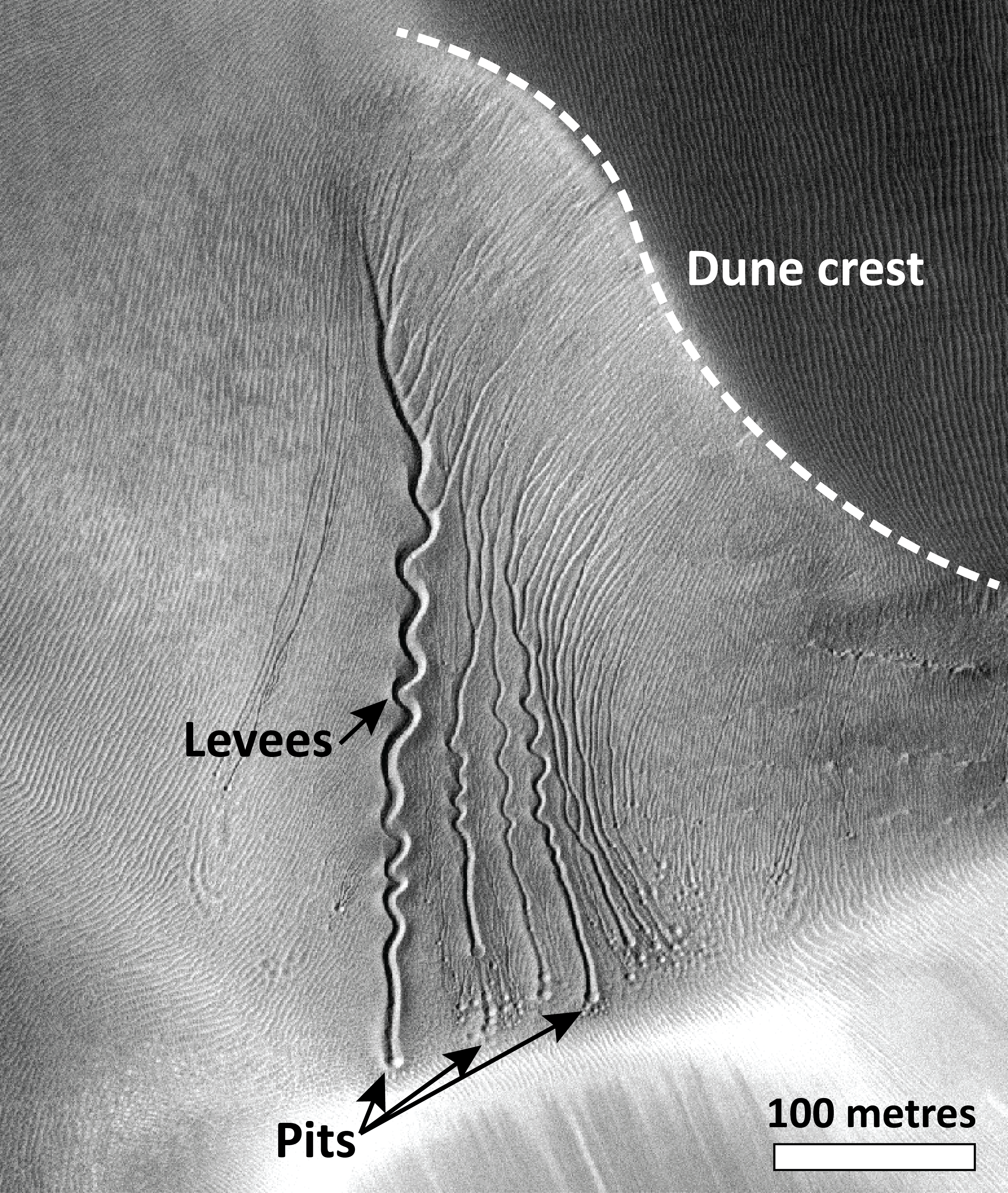
“I felt like I was watching sandworms in the movie “Dune”“,” Lonneke Roelofs, lead author of the study and an earth scientist at Utrecht University, said in the release. “In our simulation, I saw how this high gas pressure propelled the sand around the block in all directions.”
The study makes it possible to exclude other possible sources behind these ravines, such as liquid waterwhich would have implications for the potential habitability of Mars. Instead, the dry ice process offers a purely physical explanation, without water – proof that Mars can still reshape itself today, even without rivers or rain. Studying the formation of structures on other planets also offers new perspectives for understanding Earth’s landscape by examining the underlying processes from a different perspective, the researchers said.
“We tried different things by simulating a slope of the dunes at different slope angles. We dropped a block of CO2 ice from the top of the slope and observed what happened,” Simone Visschers, study co-author and master’s student at Utrecht University, said in the release. “After finding the right slope, we finally saw results. The CO2 ice block began to sink into the slope and move downhill, just like a burrowing mole or the sandworms from “Dune.” It looked very strange! »
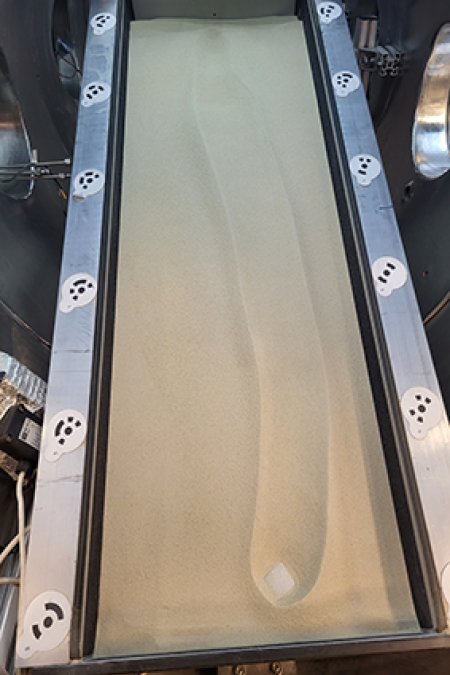
Although no sandworms roam the Martian desertsits dunes can indeed come to life each spring – when patches of dry ice briefly tunnel through the sand and carve new ravines on the planet’s surface.
Their conclusions were published on October 8 in the journal Geophysical Research Letters.


